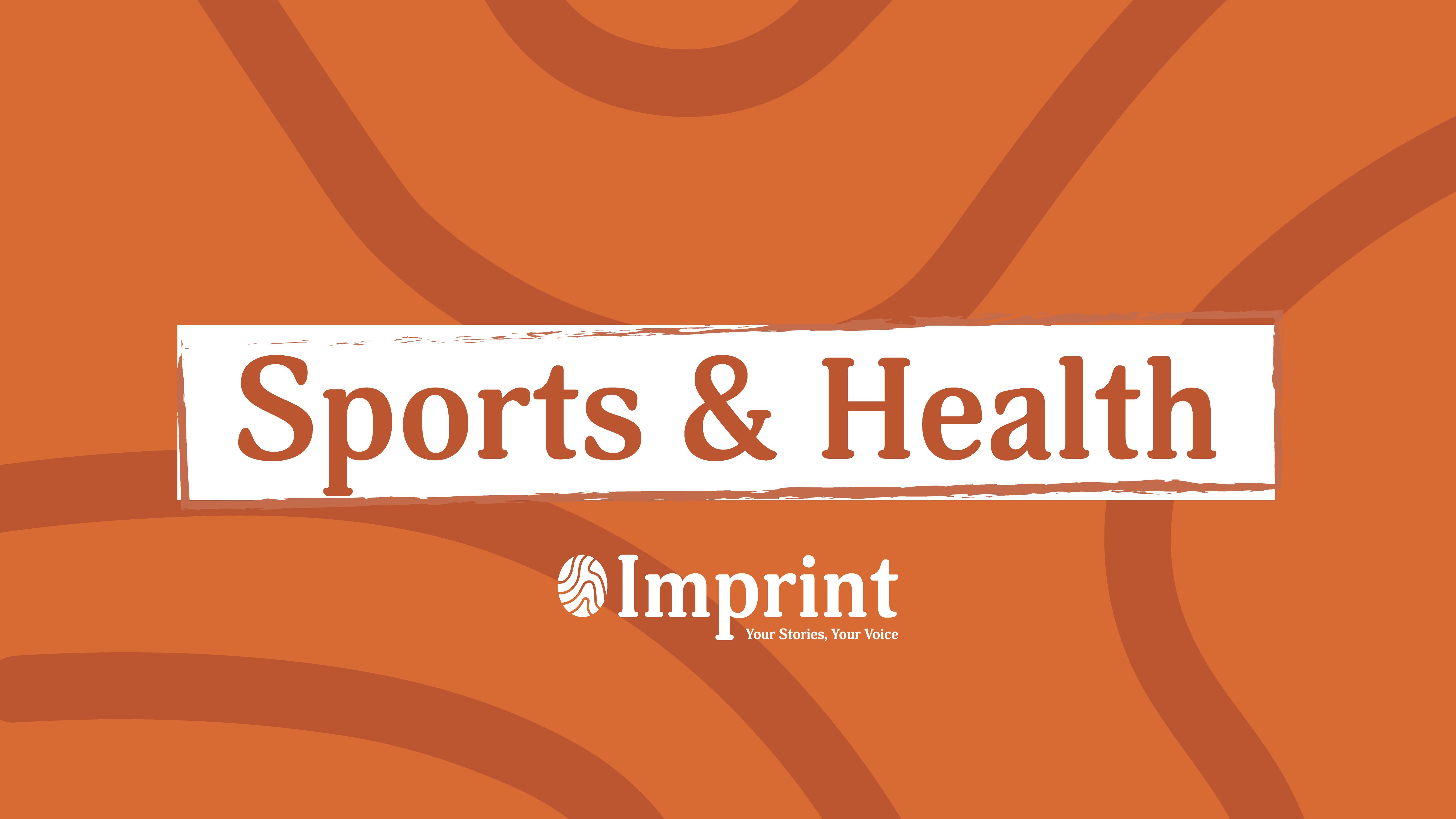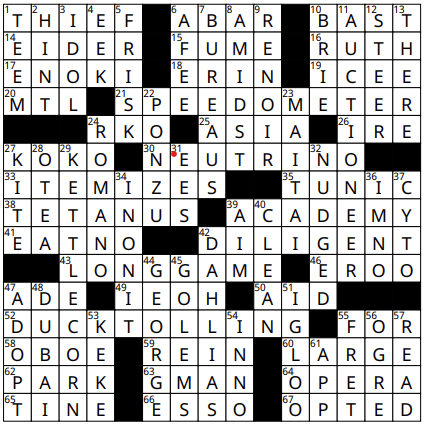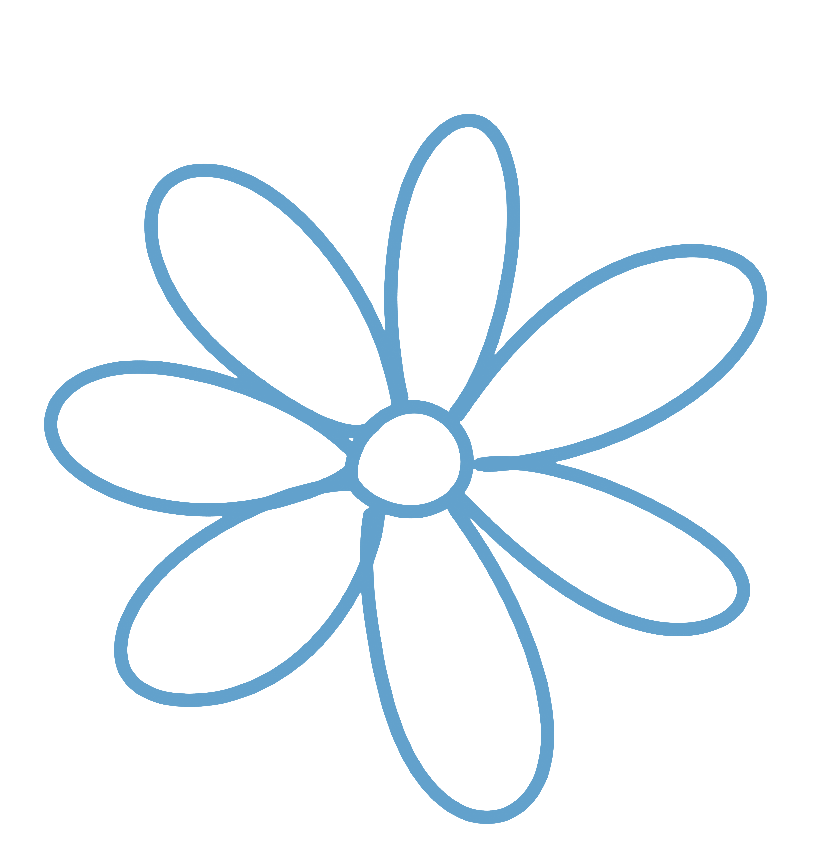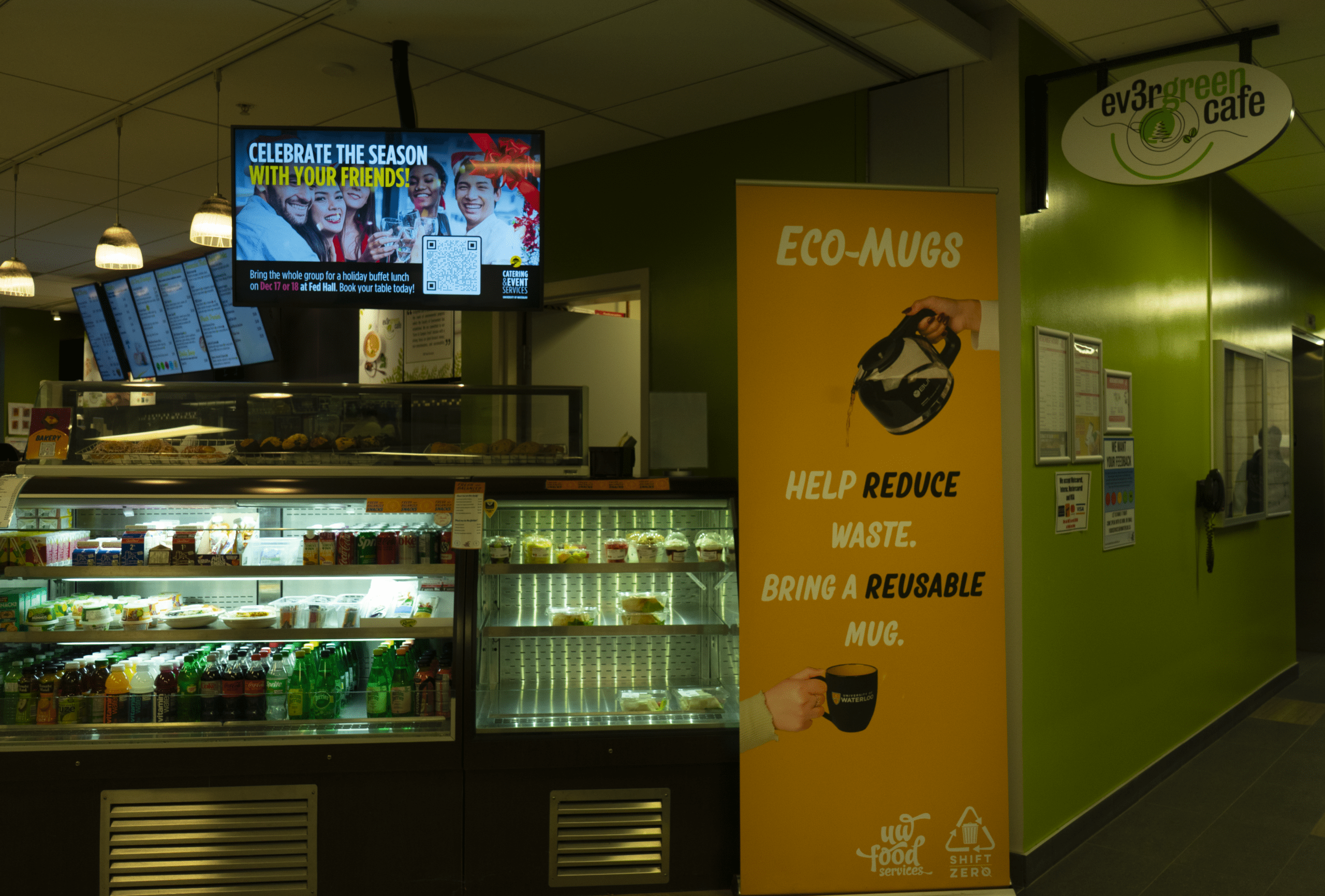
I’m Honglin, a fourth year computer science student, and together with my friend Bradley, a math student and powerlifter, we’ve found different ways to balance fitness alongside demanding coursework at UW. This guide shares some strategies based on our experiences and offers some useful insights to help you integrate fitness into your school life.
Why fitness matters
Regular exercise can boost memory, attention, and even academic skills. A 2023 study found that both short workouts and longer exercise programs can notably improve math performance. Personally, I’ve found that my mind is more responsive and my thoughts are clearer after quick workouts, while Bradley credits exercise with improving his midterm productivity. However, surveys around our campus showed that only 16 per cent of students meet the recommended exercise guidelines (150 minutes of exercise in a week).
Creating consistent habits
Bradley emphasizes that defining a doable routine is essential, and consistency is what truly changes your body. Starting simple helps, like forcing yourself to attend a lecture that requires you to walk across the entire campus, or trying to schedule two short workouts each week, then treating them as seriously as you treat your assignments. During busy times, make sure to stick to your schedule but reduce intensity if needed. Even some light workouts have been shown to enhance cognitive performance.
To make workouts fit naturally into your day, consider Bradley’s method of heading straight to the gym first thing after class. Late night workouts can also work well as a refreshment, with PAC and CIF remaining open until 11:30 p.m. on weekdays, with both gyms being quite spacious after 10 p.m.
Campus fitness options
There are two gyms on our campus. PAC, in the campus centre, offers extensive weights, cardio equipment, a swimming pool, some club rooms, and even a climbing wall. CIF, on North Campus, offers similar gym equipment but tends to be less crowded during normal hours. Both gyms are accessible with your WatCard at no additional cost, but I prefer CIF as it’s much more spacious. It’s also right next to parking lot W, which is accessible for unreserved parking permits — however, there is a slight drawback in that the entrance is on the opposite side of the parking lot.
If gym workouts aren’t your thing, UW also offers plenty of alternative options. A group-fitness pass gives you unlimited access to various classes like Pilates and HIIT for an affordable price, while numerous clubs, such as the popular Strength Club that Bradley recommends, offer structured exercise and opportunities for social connection with expert guidance.
Eating well around campus
Bradley streamlines his meal prep by shopping in bulk at Costco (930 Erb St. W) every week, then cooks his meals for the next seven days in a batch during the weekend. For those without Costco memberships, like me, local grocery stores like T&T (50 Westmount Rd. N) offer affordable and healthy options. My quick go-to is coconut chicken hotpot, using coconut water, chicken thighs, and protein-rich ingredients like lamb, beef, and tofu-skin rolls. It’s nutritious, healthy, easy, and quick to make, and perfect for multiple servings without any leftovers.
For those who prefer not to cook, healthier food spots near campus like Yunshang Rice Noodle (where swapping noodles for steamed rice helps manage carb intake) or poke and burrito bowls provide tasty and balanced alternatives (if you go light on the sauce).
Handling setbacks
Life inevitably throws us challenges, like an injury, exam week, or just burnout from a long, exhausting term of schooling. Bradley, for example, had just twisted his ankle a few days before our chat and is a perfect reminder that these things happen to everyone. Back in grade 12, he dealt with a more serious knee sprain that hindered both his flexibility and confidence in the gym. Instead of rushing back into heavy lifting when his injury started to heal, he eased into it with lighter weights, more reps, and extra attention to the correctness of his form.
“The most important thing is defining a good routine, because a routine helps with consistency, and consistency is the key to developing your body and seeing growth,” he said. That idea of routine has come up throughout this guide, and for a good reason. It’s what keeps things steady when life isn’t. Having a plan and forcing yourself to adhere to it makes bouncing back a lot more doable.






